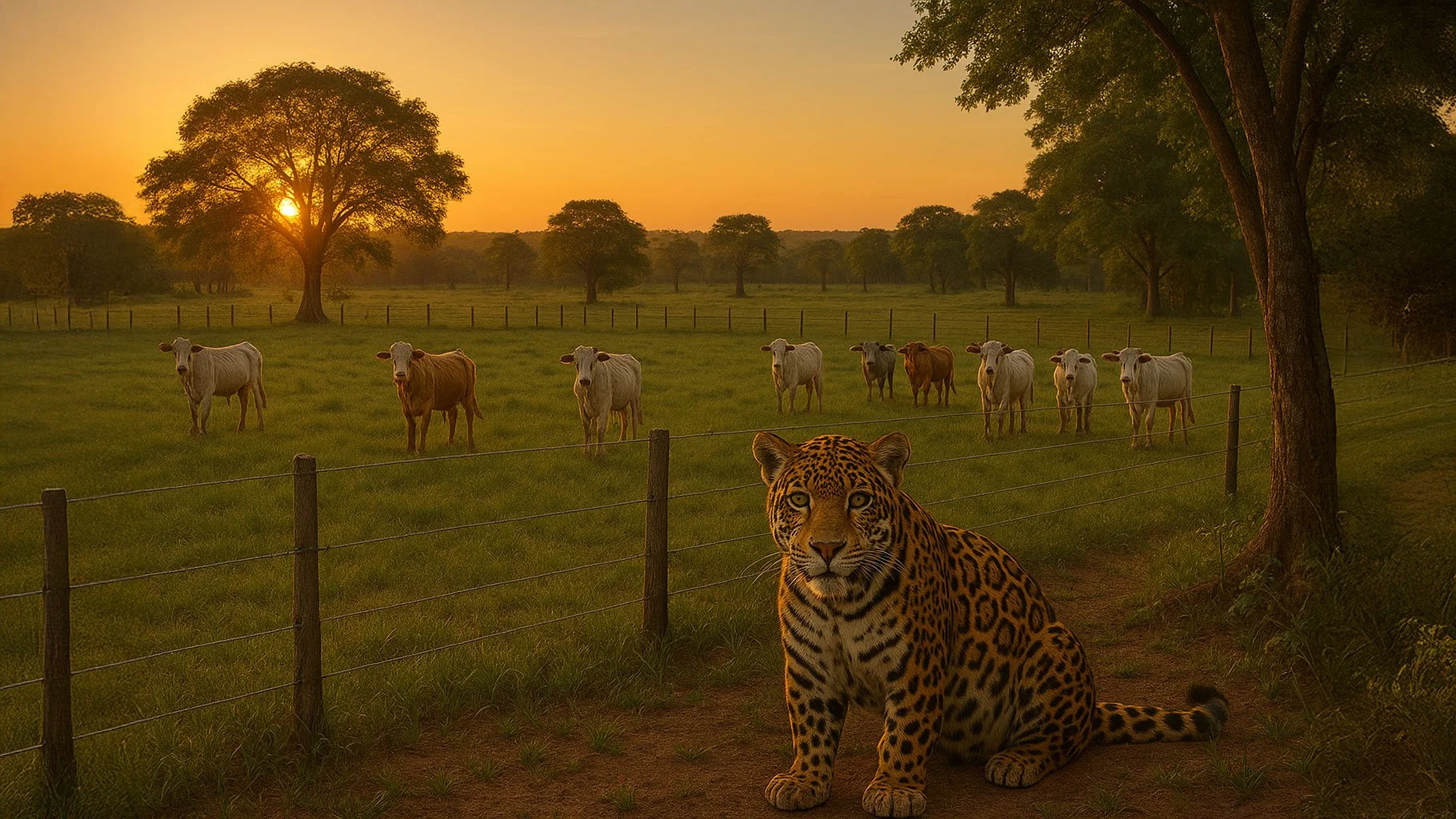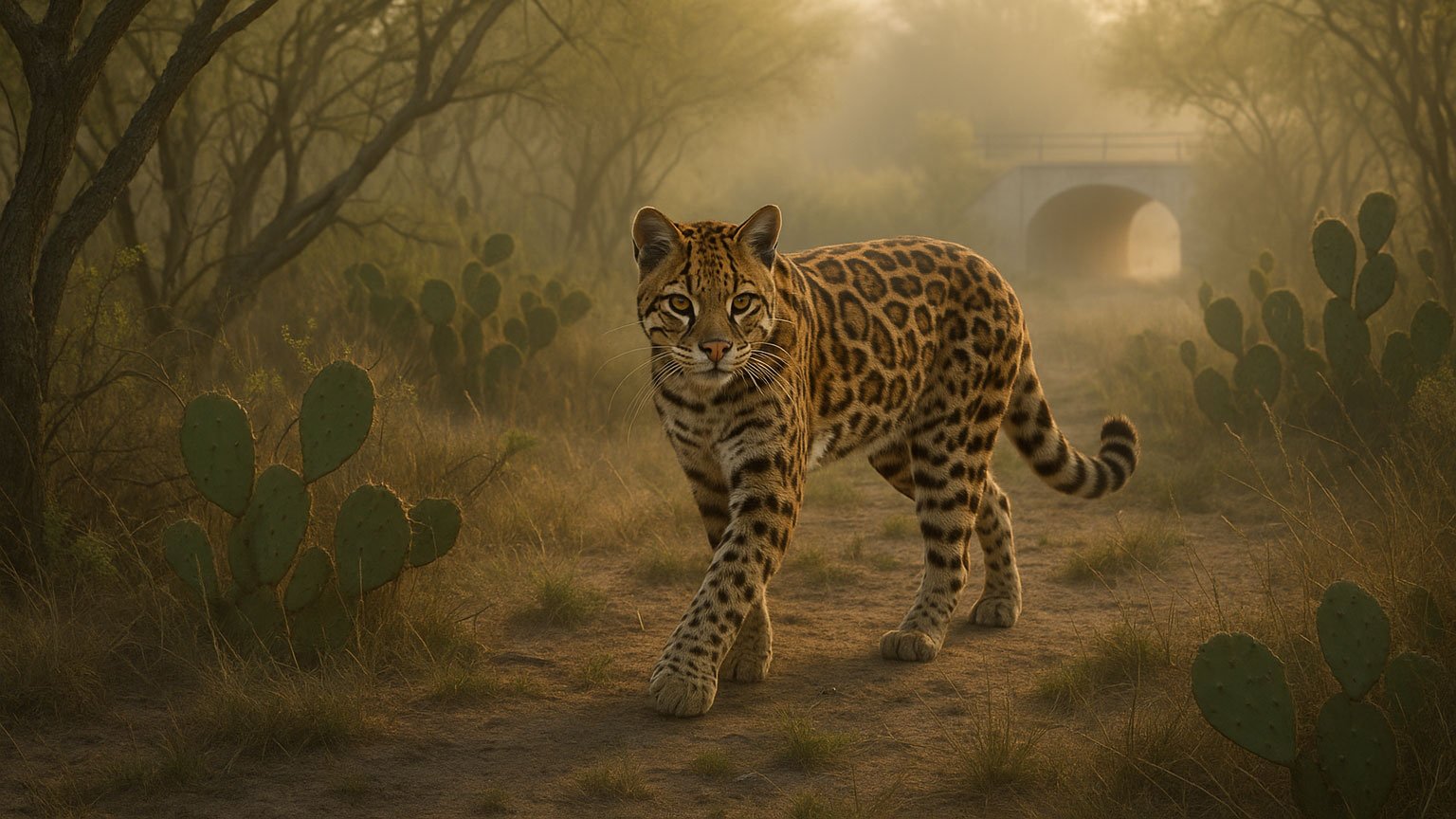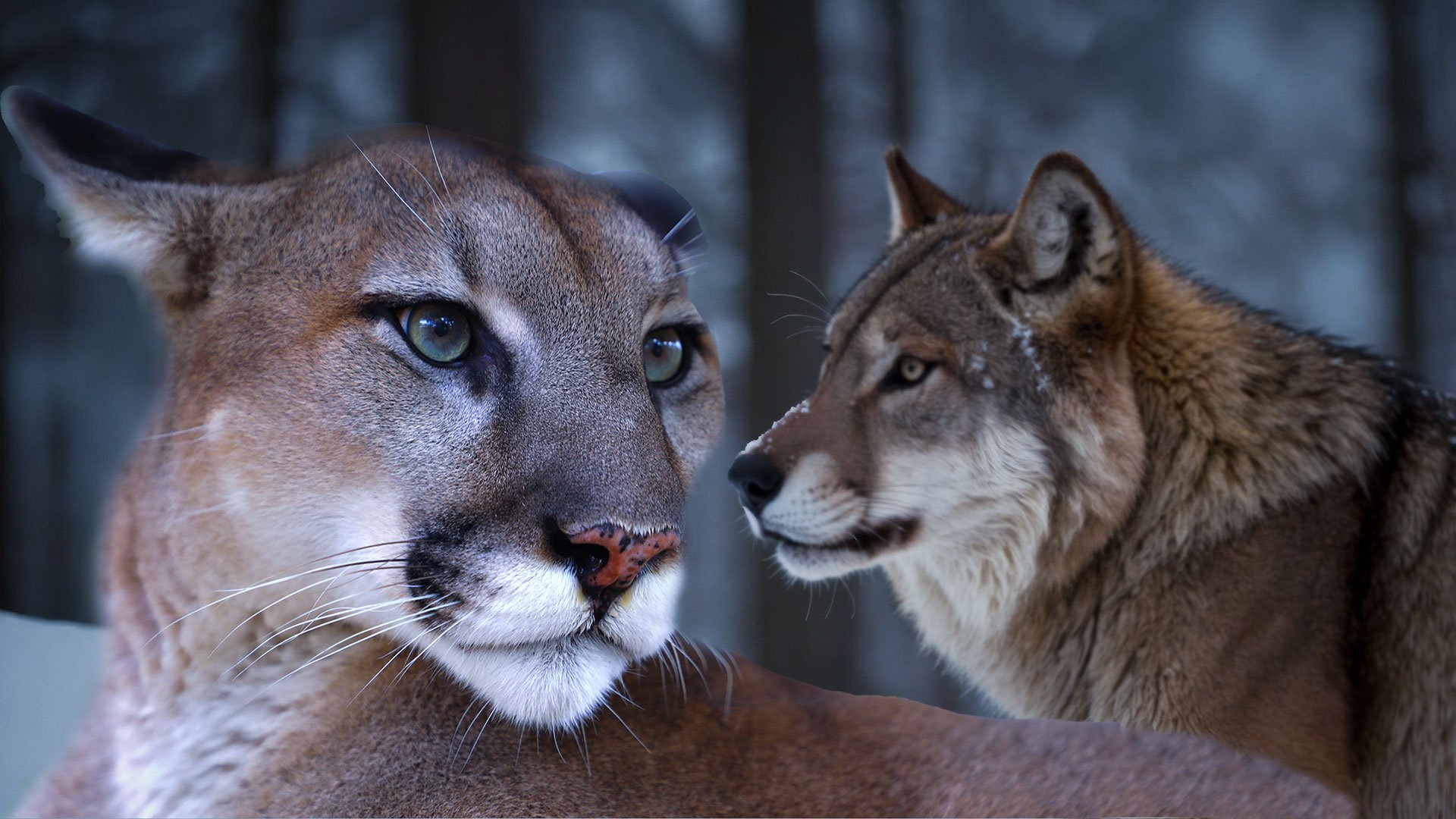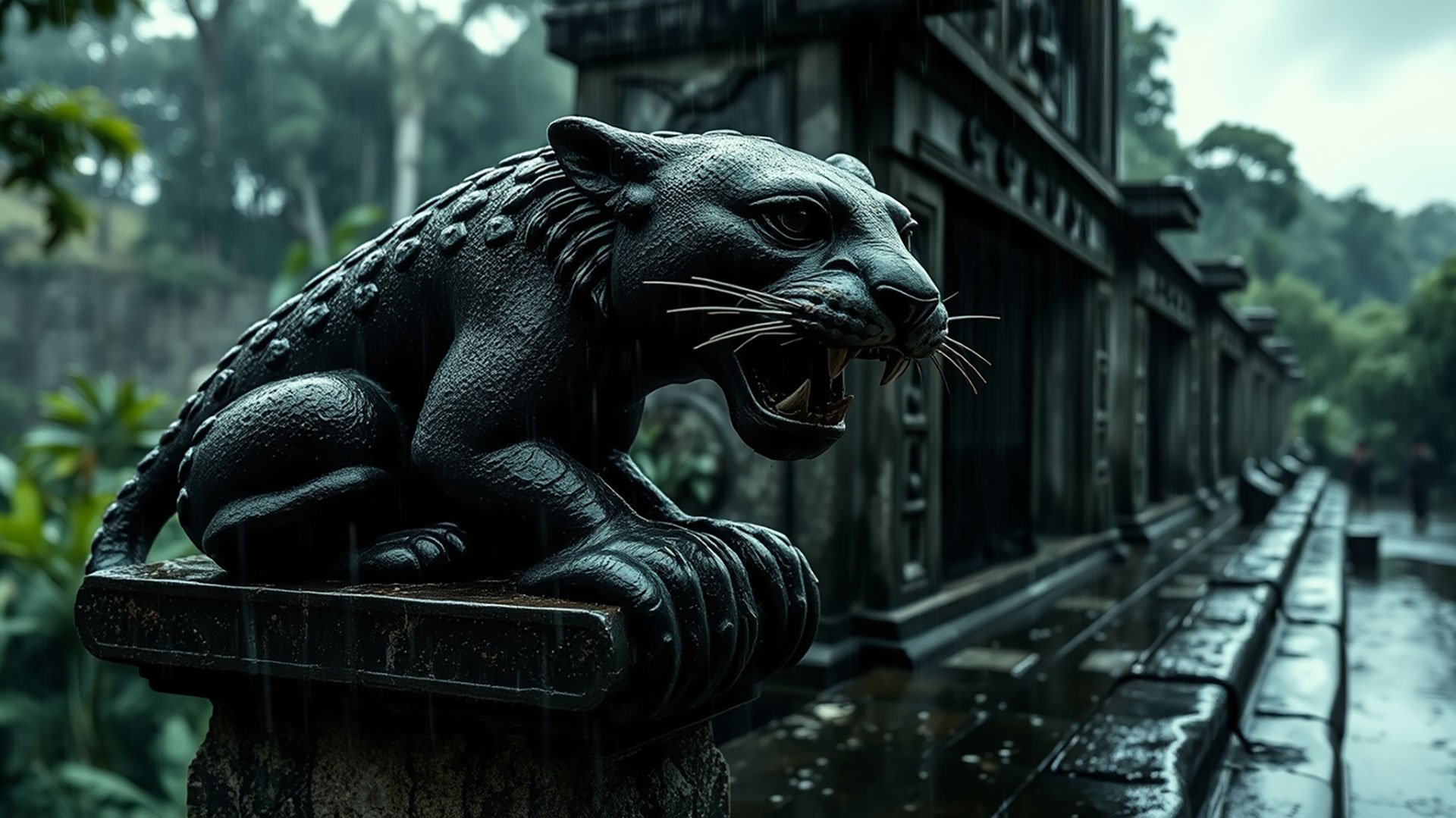Wires Through the Wild: Can Costa Rica Balance Progress with Protection?
In the golden dawn mist of Costa Rica’s Osa Peninsula, a jaguar pads silently beneath the canopy. Scarlet macaws burst through shafts of sunlight like flying rainbows, and howler monkeys raise their primal call above the chorus of the forest. This is Corcovado National Park—what National Geographic once declared “the most biologically intense place on Earth.”
But this Eden is on the brink.
A new push to modernize southern Costa Rica’s infrastructure threatens to unravel one of the most pristine ecosystems on the planet. With road expansions and potential electrification projects under way—particularly along National Route 245—conservationists are sounding the alarm: if done hastily, these well-meaning developments could carve deadly wounds into the rainforest’s beating heart.
A Road Too Far?
Route 245 snakes through Osa and Golfito, connecting the town of Puerto Jiménez to Carate Beach, a key entry to Corcovado. The road supports the lifeblood of the region: ecotourism, which makes up a remarkable 8.2% of Costa Rica’s GDP. But without environmental studies, roadwork becomes a double-edged machete.
Wildlife—including ocelots, monkeys, and even jaguars—have been struck by vehicles. A local environmentalist explains: “Roads cut through habitats, splitting animal populations and making it harder for species to survive.” These fragmented ecosystems can be fatal. Spider monkeys, already endangered, are pushed further to the edge. And every pothole filled without forethought could become a new danger zone for Costa Rica’s wild treasures.
Electric Dreams, Ecological Nightmares?
Another looming concern is the extension of the national power grid into rural areas of Osa. Costa Rica’s reputation as a renewable energy leader—it generates 98% of its electricity from clean sources—is a point of pride. Yet stringing power lines across delicate forests and wetlands risks disrupting the very biodiversity that fuels the nation’s ecotourism economy.
So far, there are no official plans to electrify Corcovado’s front gates. But conservationists are wary. “Any electrification must include rigorous environmental assessments,” warns one activist. “We can’t sacrifice biodiversity for progress.”
The Heartbeat of the Economy: Nature
Osa is no ordinary forest. With over 500 species of trees, 140 mammals, and 400 birds, it is a living ark. Visitors travel from around the world to glimpse toucans, tapirs, and—if lucky—a jaguar melting into the shadows near Sirena Station. Ecotourism doesn’t just fuel the economy; it breathes life into the local communities who serve as guides, caretakers, and storytellers of the land.
“If we lose our wildlife,” a tour operator in Puerto Jiménez says, “we lose what makes this place special.”
A New Kind of Tourism
Costa Rica has long been a global model for conservation. Nearly 30% of its land is protected. Programs like the Certification for Sustainable Tourism have set the bar high. But some experts are pushing beyond sustainability toward regenerative tourism—the idea that tourism can heal, not just preserve.
The Bosque Vivo project in Corcovado is a shining example. By monitoring bird species to assess forest health, it weaves science and tourism together in a dance of mutual benefit.
Yet these efforts can only flourish if the infrastructure built around them respects the same values. As one community leader in Golfito puts it, “We need development that respects nature. That means experts, studies, and transparency.”
A Choice That Echoes Beyond Borders
Costa Rica’s crossroads isn’t just about asphalt and power poles. It’s a test of global relevance: can a nation famed for its green credentials walk the fine line between progress and preservation?
With two-thirds of the country’s three million annual visitors drawn by nature, the answer may be obvious. But implementation is rarely easy. The choice lies between rushing toward short-term gains or thoughtfully investing in a legacy of life—for jaguars, macaws, and the generations of humans who will inherit this sliver of paradise.
“If we protect our biodiversity, we protect our future,” says an Osa-based activist.
That future depends not just on government policy, but on global awareness and action. Supporting community-led conservation efforts, advocating for environmental assessments before development, and choosing responsible tourism are all ways we can help.
🌿 Your Voice Matters
Costa Rica’s wild heart beats still—but it needs guardians. Be one. Support organizations like the BioSur Foundation. Share the story. Speak up for the jaguar crossing a quiet road, for the macaw looking for an unbroken canopy, for the people whose lives intertwine with the land.
Because in the end, a forest preserved is not just a haven for wildlife—it's a promise to the planet.
Read more: https://ticotimes.net/2025/05/29/costa-ricas-southern-infrastructure-push-raises-biodiversity-concerns
























